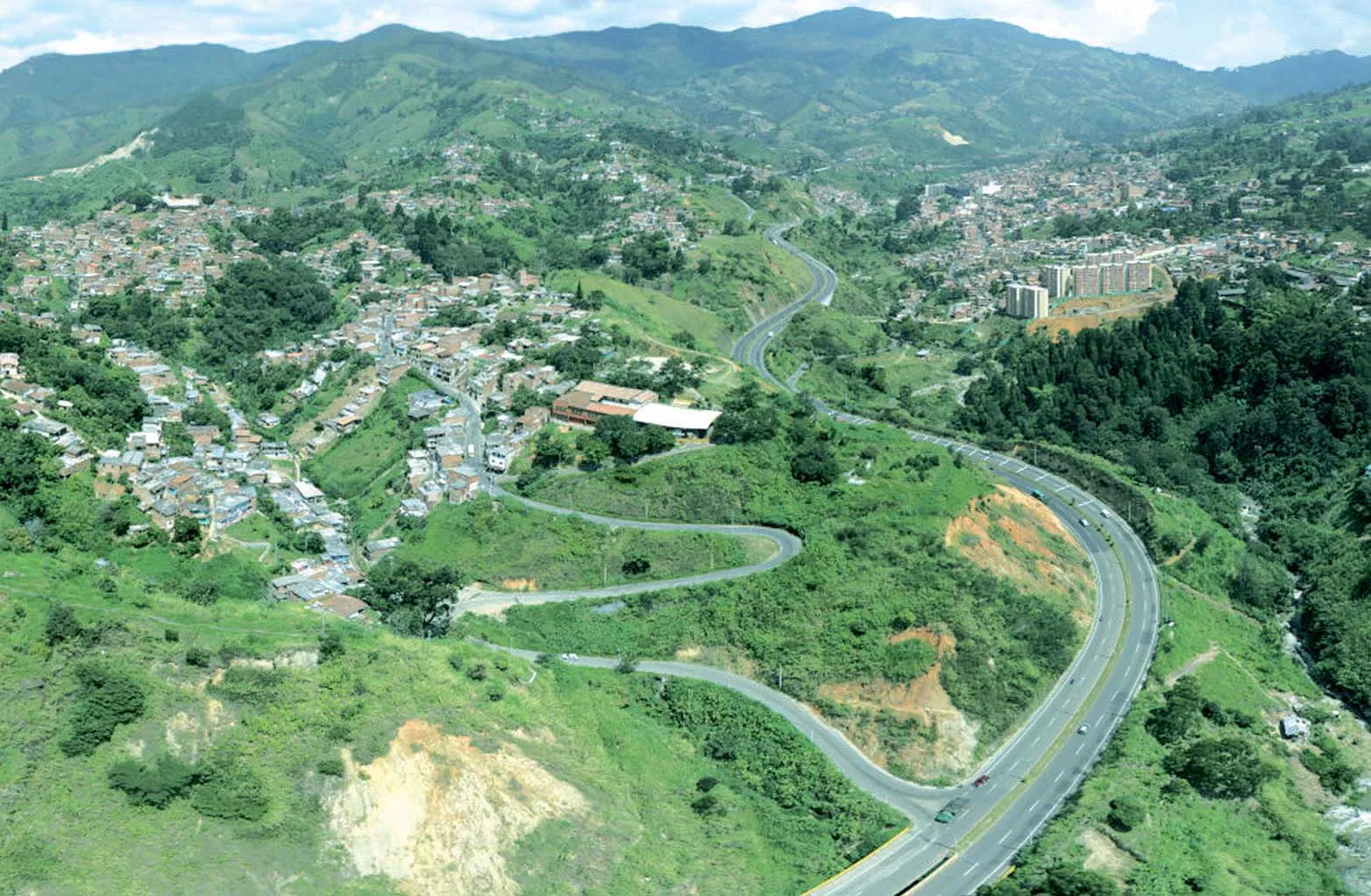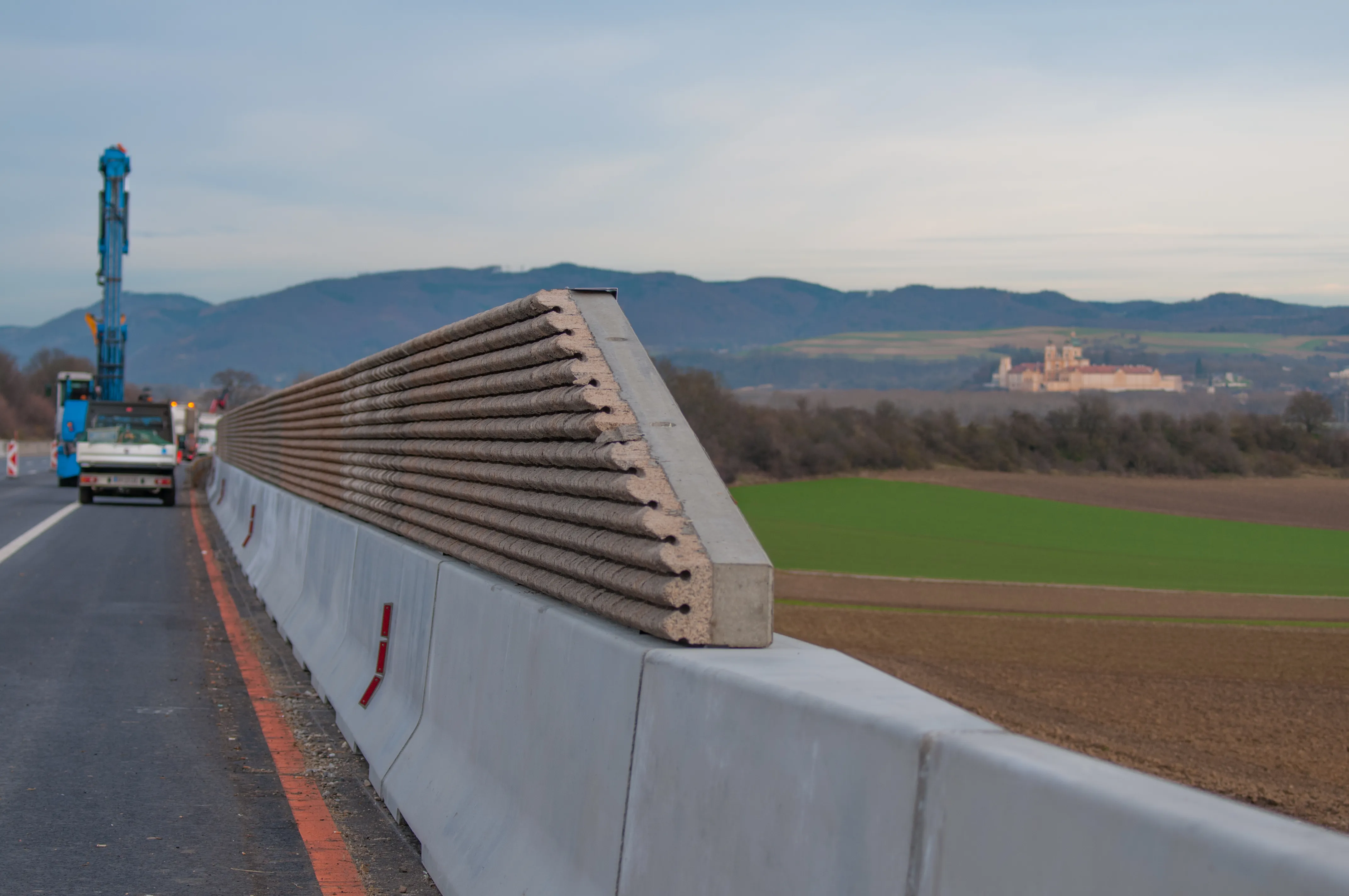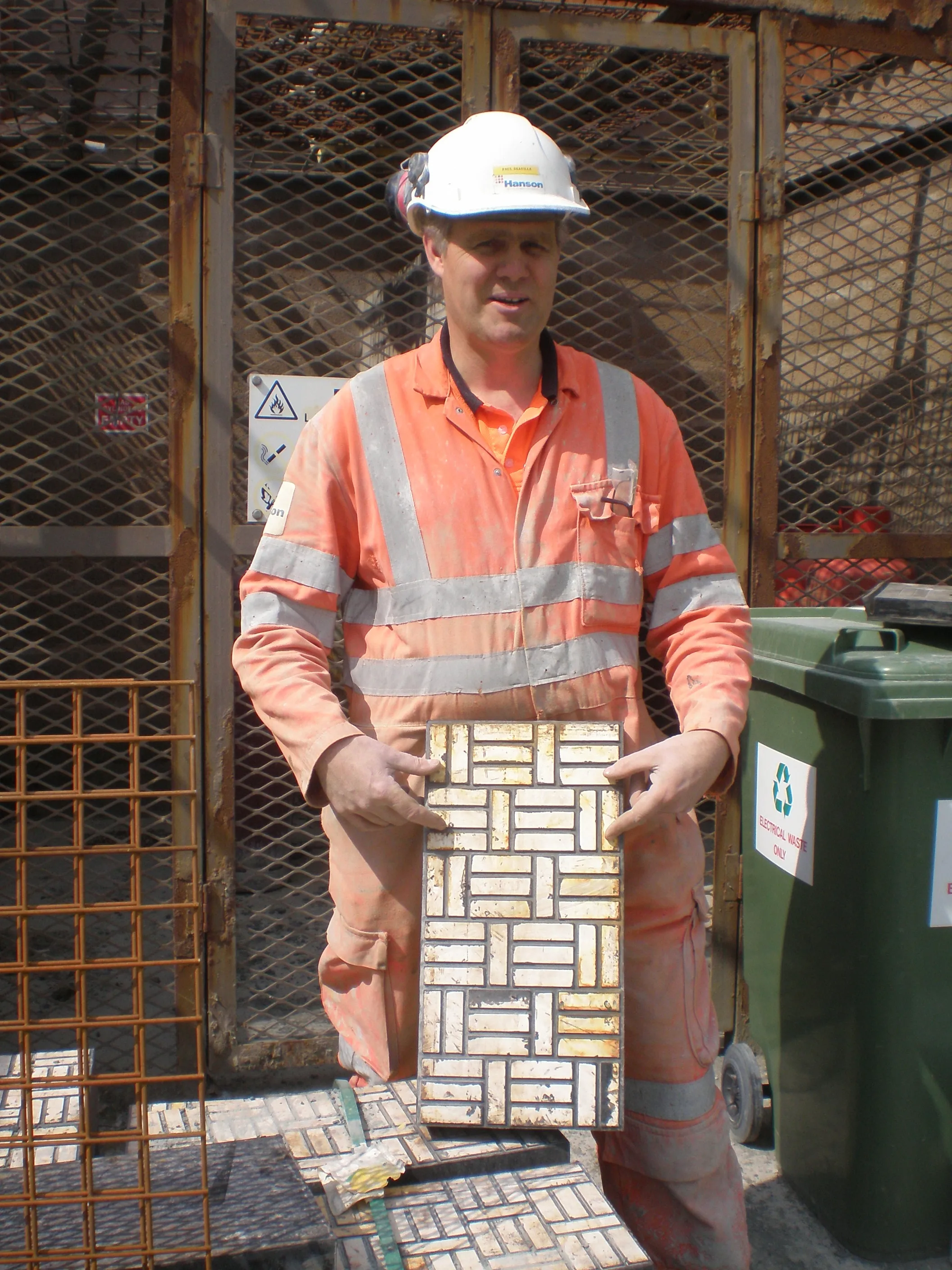Waddling ducks are a common sight along the narrow streets in the small English village of Addingham in West Yorkshire. Protecting them from road hazards has been a priority for years.
The village has often used removable paint to decorate roads with yellow duck and duckling designs to alert motorists. But the village decided to seek a more permanent – and colourful - road safety solution to protect its feathered pedestrians.
Jointline, a provider of road markings, airfield markings and high friction coloured surfacing solutions, was called in to solve the problem with a solution from
Jointline installed three large duck road markings just in time for the Tour de Yorkshire professional bicycle race, stage 3 of which passed through the village in April.
It took a team of five around six hours to assemble and install the ducks, explained Mark Garrad, commercial manager at Jointline. Each of which was manufactured as a jigsaw using HiFlex preformed thermoplastic road markings from Hitex Traffic Safety, a global provider of road safety and surfacing materials.
HiFlex provides a colourfast, highly durable road marking solution and is available in a range of patterns including numbers, letters, logos, symbols and colours. It can also be specified as a road lining tape and can be tailored to meet specific requirements.
Hitex warns of ducks on the road in Addingham, West Yorkshire
Waddling ducks are a common sight along the narrow streets in the small English village of Addingham in West Yorkshire. Protecting them from road hazards has been a priority for years.
The village has often used removable paint to decorate roads with yellow duck and duckling designs to alert motorists. But the village decided to seek a more permanent – and colourful - road safety solution to protect its feathered pedestrians. Jointline, a provider of road markings, airfield markings and high friction colou
February 8, 2018
Read time: 2 mins









